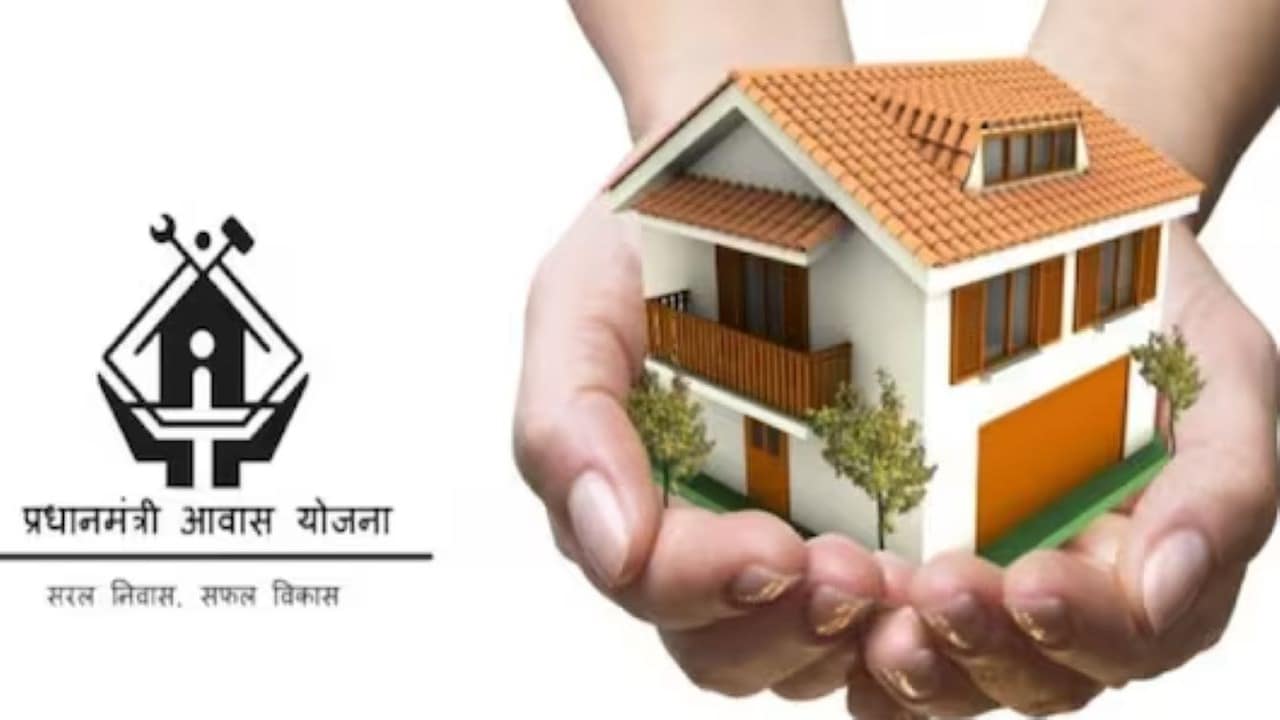
According to the Economic Survey 2024-25, tabled by Finance Minister Nirmala Sitharaman in Parliament on Friday, January 31, the government has already built 2.69 crore houses in rural areas since the scheme’s inception in 2016. The newly approved phase of PMAY-G, which will be implemented from FY 2024-25 to FY 2028-29, has been allocated a financial outlay of ₹3,06,137 crore, the Ministry of Rural Development stated earlier this month.
The Pradhan Mantri Awas Yojna (PMAY), launched in 2015, is one of the most ambitious schemes of the Modi government. The scheme aims to provide housing for all by 2022, a target yet to be achieved.
Under the urban leg of the scheme, a total of 1.18 crore houses have been sanctioned, the survey noted. The government launched PMAY-U in 2015 to provide permanent housing for urban dwellers. In September 2024, PMAY-U 2.0 was introduced to assist an additional one crore households.
“As of November 25, 2024, a total of 1.18 crore houses have been sanctioned, with 1.14 crore grounded and over 89 lakh completed,” the pre-budget document for the 2024-25 fiscal stated.
Currently, 29 states and union territories have signed agreements to implement PMAY-U 2.0, with approvals granted for 6 lakh houses in FY25.
PMAY-G, the rural (Gramin) leg of the scheme launched on April 1, 2016, aligns with Sustainable Development Goal (SDG) 11.1, which emphasises “Safe and Affordable Housing.” The scheme initially set a target of constructing 2.95 crore pucca houses by March 2024.
“The scheme reserves a minimum of 60% of targets for SC/ST households, with 59.58 lakh SC houses and 58.57 lakh ST houses completed. 5% of the target is reserved for differently-abled beneficiaries, and another 5% prioritises housing for families affected by natural disasters.”
The scheme operates through the Direct Benefit Transfer (DBT) model, ensuring that financial assistance is directly credited to beneficiaries’ bank accounts. The construction process is monitored using geo-tagged photographs, reducing administrative delays and improving fund utilisation. According to an evaluation study by the National Institute for Public Finance and Policy (NIPFP), DBT and geotagging have streamlined verification processes, reducing leakages and enhancing efficiency in fund disbursement.
The target beneficiaries are identified through a waitlist derived from the Socio-Economic Caste Census (SECC) 2011 and the Awaas+ survey, 2018, which is verified by Gram Sabhas. Recently, the government reduced the number of exclusion criteria for beneficiary selection from 13 to 10 to improve inclusivity. The 2024 Awaas+ survey is currently underway to reassess eligible beneficiaries ,the survey said.
In 2024, the Finance Minister proposed an allocation ₹10 lakh crore for the PMAY scheme.
The financial allocation for PMAY-G has significantly increased over the years, (in ₹ crore):
| Year | Budget Estimate | Revised Estimate |
|---|---|---|
| 2018-19 | 27,505 | 26,405 |
| 2019-20 | 25,853 | 25,328 |
| 2020-21 | 27,500 | 40,500 |
| 2021-22 | 27,500 | 47,390 |
| 2022-23 | 48,000 | 73,615 |
| 2023-24 | 79,590 | 54,103 |
| February 2024 (interim) | 80,671 | 54,500 |
Apart from rural housing, the government is also prioritising infrastructure development through the Pradhan Mantri Gram Sadak Yojana (PMGSY). As of January 9, 2025, the scheme has sanctioned 8,34,695 km of rural roads, of which 7,70,983 km have been completed, providing connectivity to 99.6% of targeted habitations.
PMGSY Phase IV aims to connect 25,000 rural habitations using international benchmarks for road construction. The government has introduced Geographic Information System (GIS)-based surveys and is integrating PM Gati Shakti for better planning and execution.
